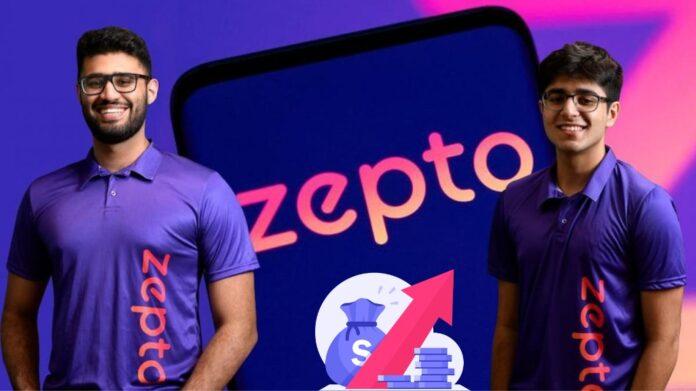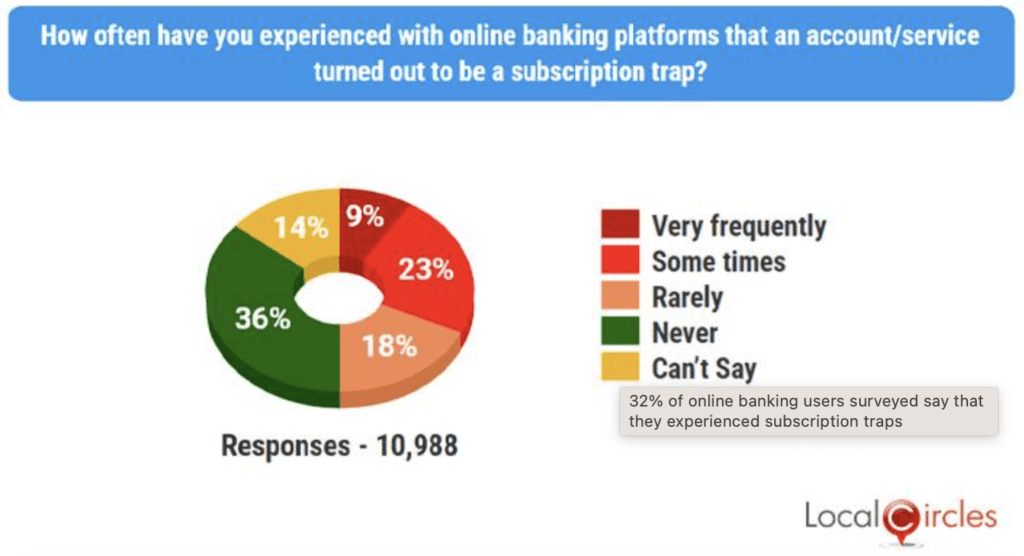Quick commerce startups in India are currently engaged in a fierce battle for dominance as they expand their foothold into the ever-competitive e-commerce landscape. Interestingly, foreign investments in these startups are significantly contributing to their growth. Among these contenders, Zepto, one of the fastest-growing players, is reportedly in talks to raise a minimum of $300 million from global investors. But what’s particularly noteworthy is the valuation of Zepto in this fundraising round.
In less than 10 months, Zepto, a three-year-old Mumbai-based startup, aims to seek funds at a valuation ranging between $2.5 to $3 billion. This marks a whopping 78.6% increase from its previous valuation of just $1.4 billion in August 2023, when it achieved unicorn status. This development is nothing but a testament to the pivotal role of foreign investment in propelling the expansion and success of promising startups, solidifying Zepto’s position as a formidable contender in the fast-evolving commerce market.
Now let’s understand how Zepto and other quick commerce companies are winning the trust of investors!
Zepto’s Ambitious Expansion Strategy
Strategic Financial Goals: Zepto is reportedly aiming to achieve positive EBITDA (Earnings Before Interest, Taxes, Depreciation, and Amortization) by September this year, showcasing its commitment to robust financial planning and operational efficiency. This goal is underpinned by its impressive annualized gross sales run-rate of $1.2 billion. It is important to note that Zepto’s revenue from operations skyrocketed 1335.5% YoY from Rs 141 crore in FY22 to Rs 2,024 crore in FY23.
Operational Excellence: Zepto demonstrates operational excellence through its extensive network of around 340 dark stores, with over 200 already achieving EBITDA positivity. Aadit Palicha, CEO of Zepto, highlights that mature stores currently contribute 6-7% of EBITDA, with the potential to increase up to 13-14%. This will enable these dark stores to generate their own cash, illustrating Zepto’s efficiency and self-sustainability in its operations.

Bold Expansion: Swiggy’s Instamart and Zomato’s Blinkit currently dominate India’s quick commerce market. With the forthcoming entry of Walmart-owned Flipkart into the quick commerce sector, Zepto acknowledges the criticality of maintaining a competitive edge. The company has pursued aggressive expansion strategies, notably increasing investments in employee growth, marketing, advertising, and other key activities. Zepto’s total expenses increased a whopping 528.5% YoY from Rs 533 crore in FY22 to Rs 3,350 crore in FY23, and it is expected to grow more this year. This proactive approach underscores Zepto’s commitment to solidifying its position amidst intensifying market competition and seizing emerging opportunities for growth and market dominance.
“We closed a large round just a few months ago and we are on the verge of hitting Ebitda positive, so strong execution is the priority right now, not raising capital,” Aadit Palicha, cofounder and CEO of Zepto said.
A Battle for Market Dominance
Zepto’s biggest rival, Zomato’s Blinkit, has also been expanding by multiple folds. CEO Deepinder Goyal even believes that Blinkit has the potential to surpass Zomato’s food delivery business. As a dominant player in major cities, Blinkit is diversifying its stock-keeping units (SKUs) into fashion, jewellery, toys, beauty, and electronics.
Zomato’s substantial investment of approximately $240 million in Blinkit last year has propelled its Gross Merchandise Value (GMV) to surpass $1 billion in the first nine months of FY24. With a vast network of over 450 dark stores spread across 25 cities, Blinkit solidifies its position as a market leader.
In contrast, Swiggy Instamart has earmarked a $700 million investment and operates over 500 dark stores, showcasing its own aggressive expansion strategy.
Meesho, another e-commerce player, is also on the brink of securing a substantial $300 million investment from a group of investors. Notably, this group includes Tiger Global and SoftBank, two well-known technology investment firms with global influence. Their decision to invest in Meesho is significant because it marks their return to the Indian market after an absence of approximately 18 months.
As Indian startups in India’s quick commerce sector gear up for expansion, the significance of foreign investments shaping the sector’s trajectory cannot be overstated. With rapid advancements and strategic initiatives, the battle for dominance in India’s e-commerce arena is only set to intensify in the coming months.




















